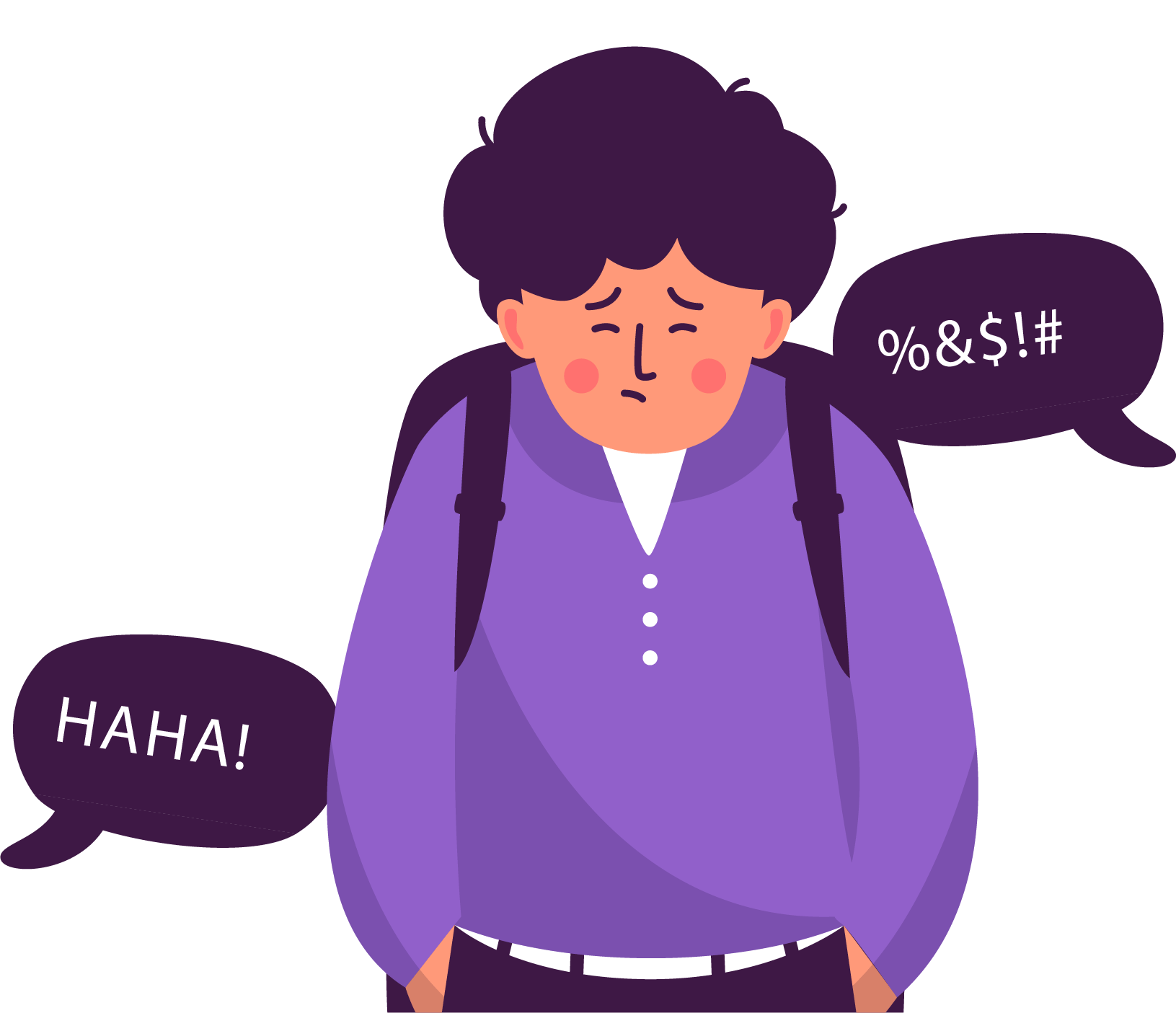Understanding Bullying in Autistic Children
Introduction
What is bullying?
Bullying is when someone keeps hurting another person on purpose. It happens when one person has more power than the other. It can be physical (hitting), verbal (name-calling), or psychological (spreading rumours). Bullying can happen in person or online.

Young people with autism are especially vulnerable, with nearly one in two students at risk of physical, verbal, or social bullying at school (Maïano et al., 2016; Käld et al., 2022).
Bullying is when someone repeatedly and deliberately hurts, frightens, or upsets someone else. There are different types of bullying, including:
- Physical bullying: Hitting, slapping, or pushing someone.
- Verbal bullying: Name-calling, gossiping, or threatening someone.
- Non-verbal abuse: Using hand signs or sending harmful text messages.
- Emotional abuse: Threatening, intimidating, or humiliating someone with nasty jokes.
- Exclusion: Ignoring or excluding someone from games and activities or encouraging others to do this.
- Undermining: Constant criticism, spreading rumours, or manipulating someone.
- Silent, hoax, or abusive calls.
With the internet and mobile phones, bullying can now happen both during and outside school hours. Online bullying, called cyberbullying, is where digital technology is used to send mean texts, make hurtful comments, or harass and humiliate others through texts, emails, websites, online games, and social networks.
Bullying is always harmful and can cause long-lasting damage. It is never okay.
Understanding Bullying in Autistic Children
At school and in the playground, other children might pick on them for engaging in behaviours like hand flapping or making inappropriate comments. Additionally, autistic children may not have a support structure around them, which makes them more vulnerable to bullying.
In a study done by the Anti-Bullying Alliance, UK (2023), autistic young people shared several reasons why they are more likely to be bullied:
- Being different: They stand out because of their differences, and others often don’t understand autism.
- Lack of empathy and understanding: There is generally a lack of awareness about autism in schools, leading to negative attitudes.
- Reasonable adjustments: Sometimes, reasonable adjustments and special accommodations made for autistic students make them stand out or cause jealousy.
- School environment: The lack of resources and support, along with school culture, can increase their risk of being bullied.
The Impact of Bullying
Bullying is strongly linked to school absenteeism. Approximately 16,000 children aged 11-15 are absent from school at any given time due to bullying, with bullied children being three times more likely to skip school.
Autistic young people have reported the following impacts of bullying:
- Social exclusion and isolation
- Mental health problems
- Loss of self-esteem
- Distrust in the school’s ability to help
- Strained relationships and interactions with others
References
- Käld E, Beckman L, Eapen V, Lin P. Exploring Potential Modifiers of the Association Between Neurodevelopmental Disorders and Risk of Bullying Exposure. JAMA Pediatr. 2022;176(9):940–941. doi:10.1001/jamapediatrics.2022.1755
- Maïano C, Normand CL, Salvas MC, Moullec G, Aimé A. Prevalence of school bullying among youth with autism spectrum disorders: a systematic review and meta‐analysis. Autism Res 2016;9:601-615.
Other Reading
Recognizing the
Signs of Buillying
How to Help If Your
Child Is Being Bullied

